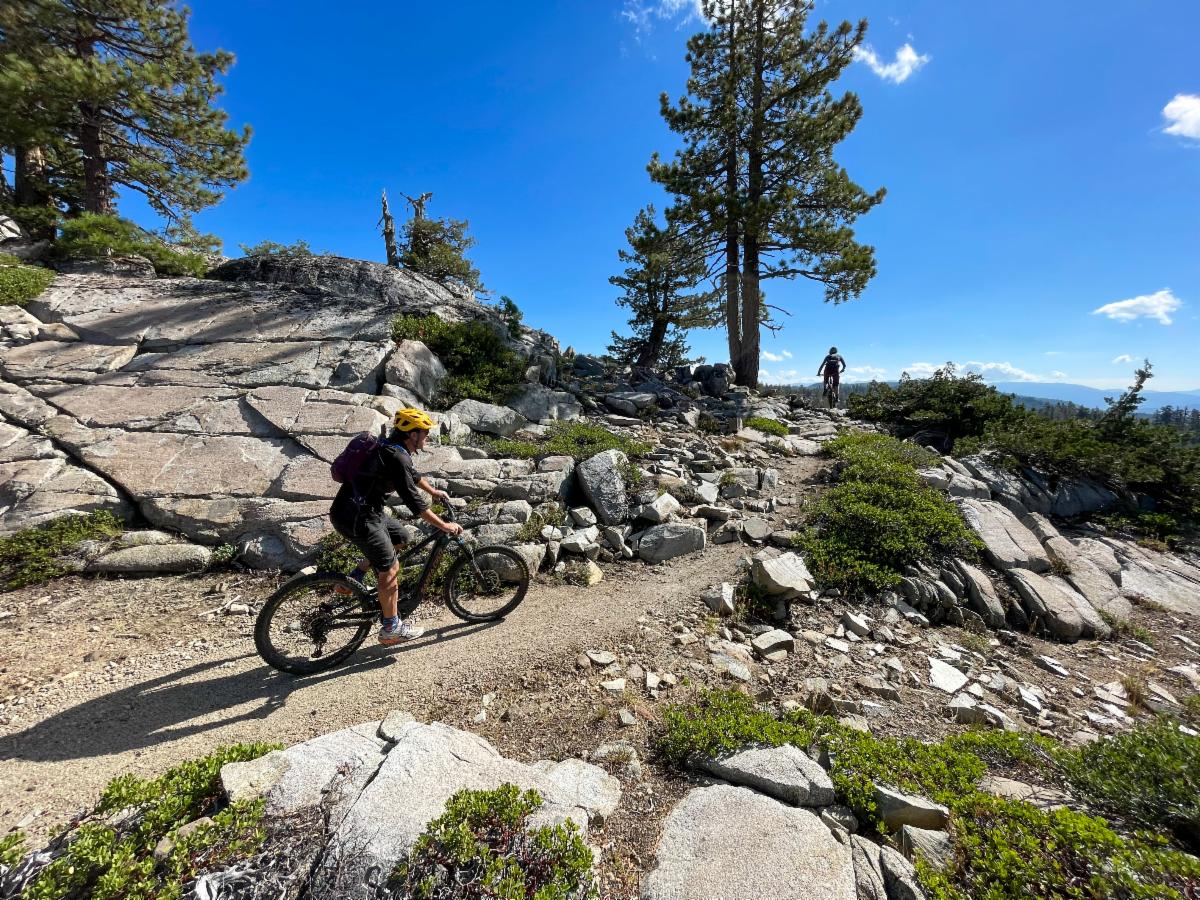
A mid-mount gearset is new to me. I wonder how the belt drive behaves when driven slower and with more torque than an equivalent setup using rear hub gears. On the flip side, the tighter integration with the motor could mean the motor can internally rev higher, to prevent lugging and keep the motor running healthily.









In my homegym I have an AbMat foam pad which I also use as a knee pad. And while I think the thick foam would work outdoors on tougher terrain, it would not meet your criteria to fit in a backpack.
My other suggestion would be a scrap piece of horse stall mat, which are nearly solid rubber sheets commonly employed for homegym floors. This is what I use when working in my yard, for tasks requiring a lot of kneeling. Such a piece – while heavy – could be cut to whatever size you need, using a sharp knife or a jigsaw.